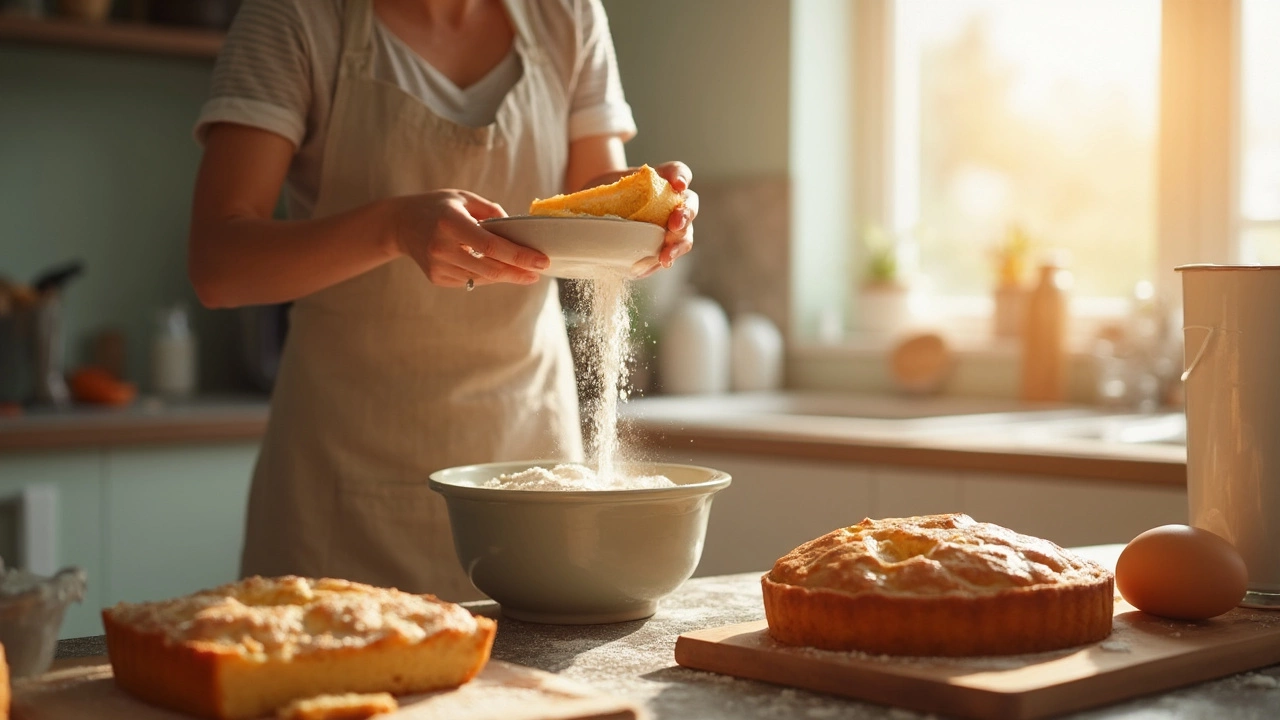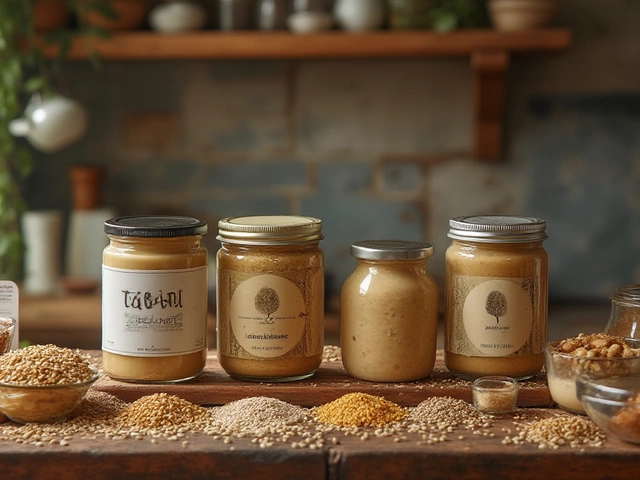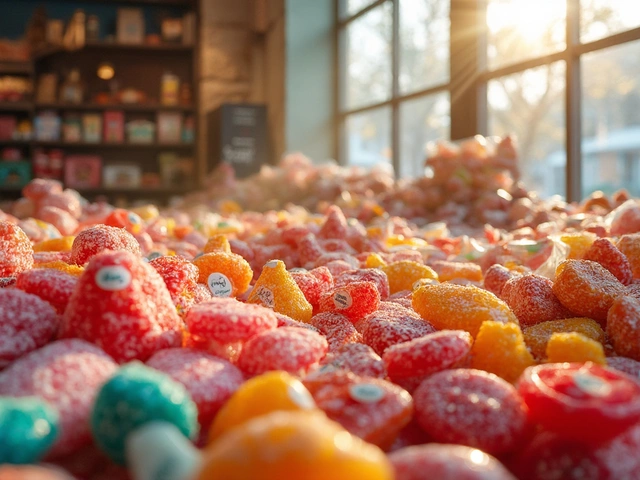Baking Powder Basics: What It Is and Why It Matters
If you’ve ever wondered why some cookies puff up and other cakes stay flat, the answer is often baking powder. It’s a dry leavening agent that releases carbon dioxide when it meets moisture and heat. That little burst of gas lifts the batter, giving you that light, airy texture you love.
Most people think baking powder is only for cakes, but it shows up in cookies, pancakes, and even some quick breads. Knowing when to reach for it can save you from dense, flat desserts.
How to Use Baking Powder Correctly
First, check the expiration date. Old powder won’t react properly and your bake will suffer. A quick test: stir a teaspoon of powder into warm water. If it bubbles vigorously, it’s good.
Measure carefully. Too much can give a bitter taste, while too little won’t give enough lift. Most recipes call for 1 to 2 teaspoons per cup of flour.
Mix it with the dry ingredients before adding wet ones. This spreads the powder evenly and prevents pockets of unmixed powder that can cause uneven rise.
Don’t overmix once the wet ingredients are added. Overmixing can deflate the bubbles created by the powder, leaving you with a dense result.
Top Baking Powder Recipes on Our Site
We’ve got a few posts that show baking powder in action. Check out Why Cookies Rise: The Science Behind Puffy, Chewy Goodness for a deep dive into how the powder helps cookies get that perfect height.
If you’re after a fluffy cake, look at our guide on Gluten‑Free Cakes Sink: Why It Happens & How to Prevent It. It explains how swapping some leavening agents can keep gluten‑free cakes from collapsing.
For a quick sweet, our Creative Birthday Cake Alternatives post includes a baking‑powder‑based dessert bar that’s easy to make and looks great on a party table.
Got a recipe that calls for baking soda instead? You can often swap in baking powder, but you’ll need about three times the amount because baking powder already contains an acid.
Finally, always store your baking powder in a cool, dry place. Moisture can trigger the reaction early, making it lose its power.
With these tips, you’ll know exactly when to grab the baking powder and how to get the most out of it. Your cookies will rise, your cakes will stay fluffy, and you’ll avoid the common pitfalls that leave desserts flat or bitter. Happy baking!

Do Gluten-Free Cakes Need More Baking Powder?
Gluten-free baking can be tricky, especially when it comes to getting the right texture in cakes. This article explores the role of baking powder in gluten-free cakes, explaining why you might need more of it compared to traditional cakes. Tips and tricks are offered to help create delicious gluten-free recipes that rise well and taste great. Learn how to adapt your baking to ensure your gluten-free cakes are a hit every time.
View More




